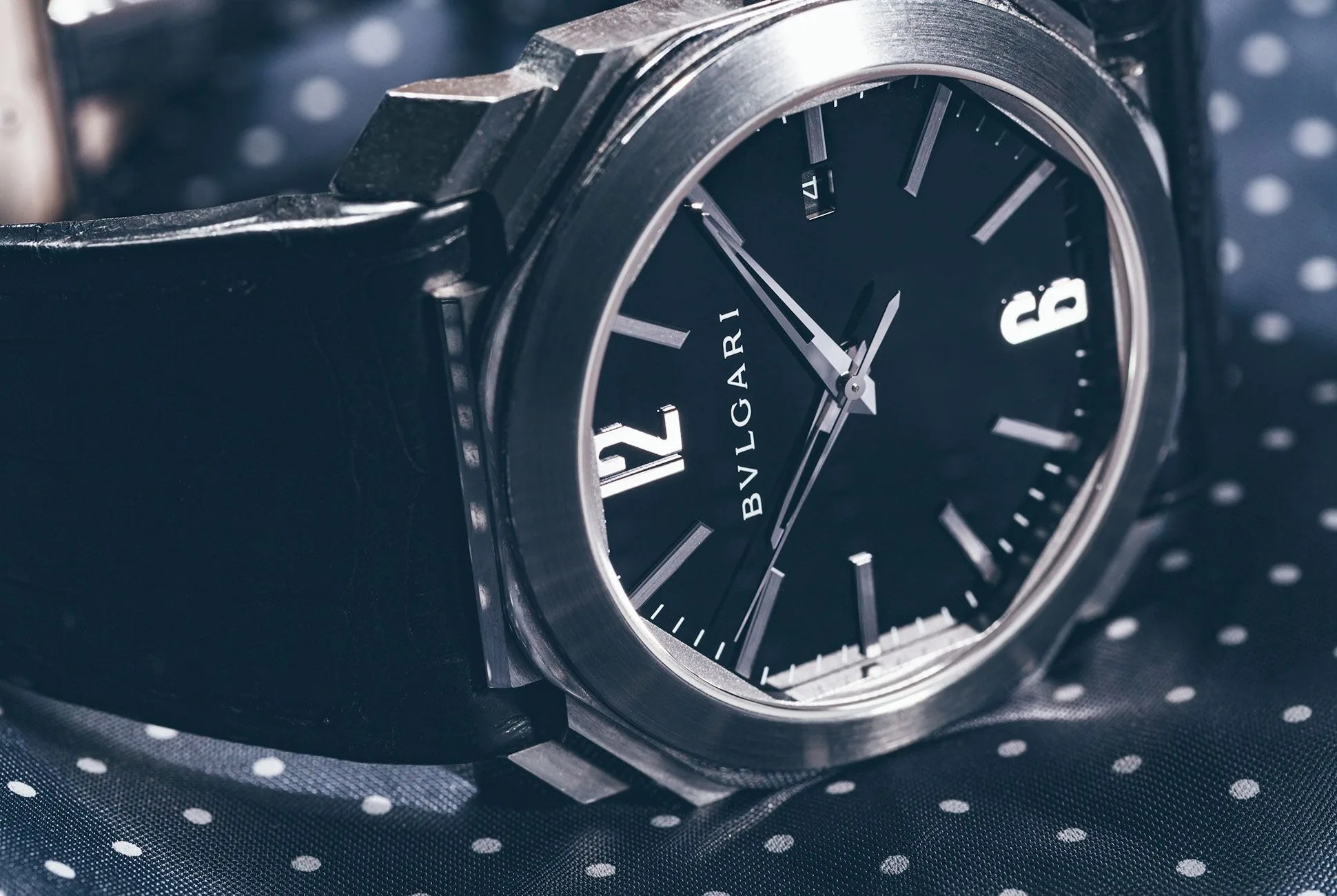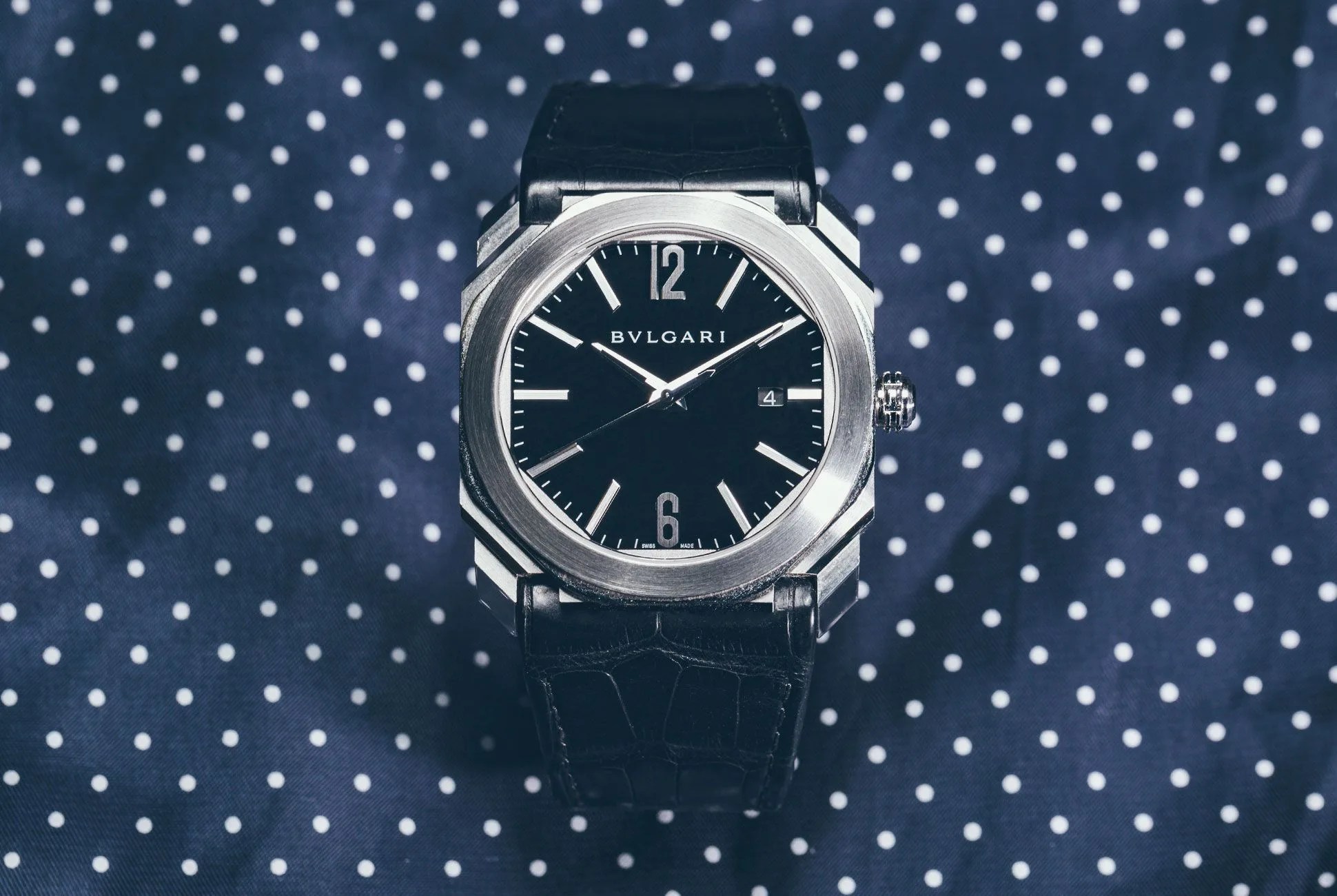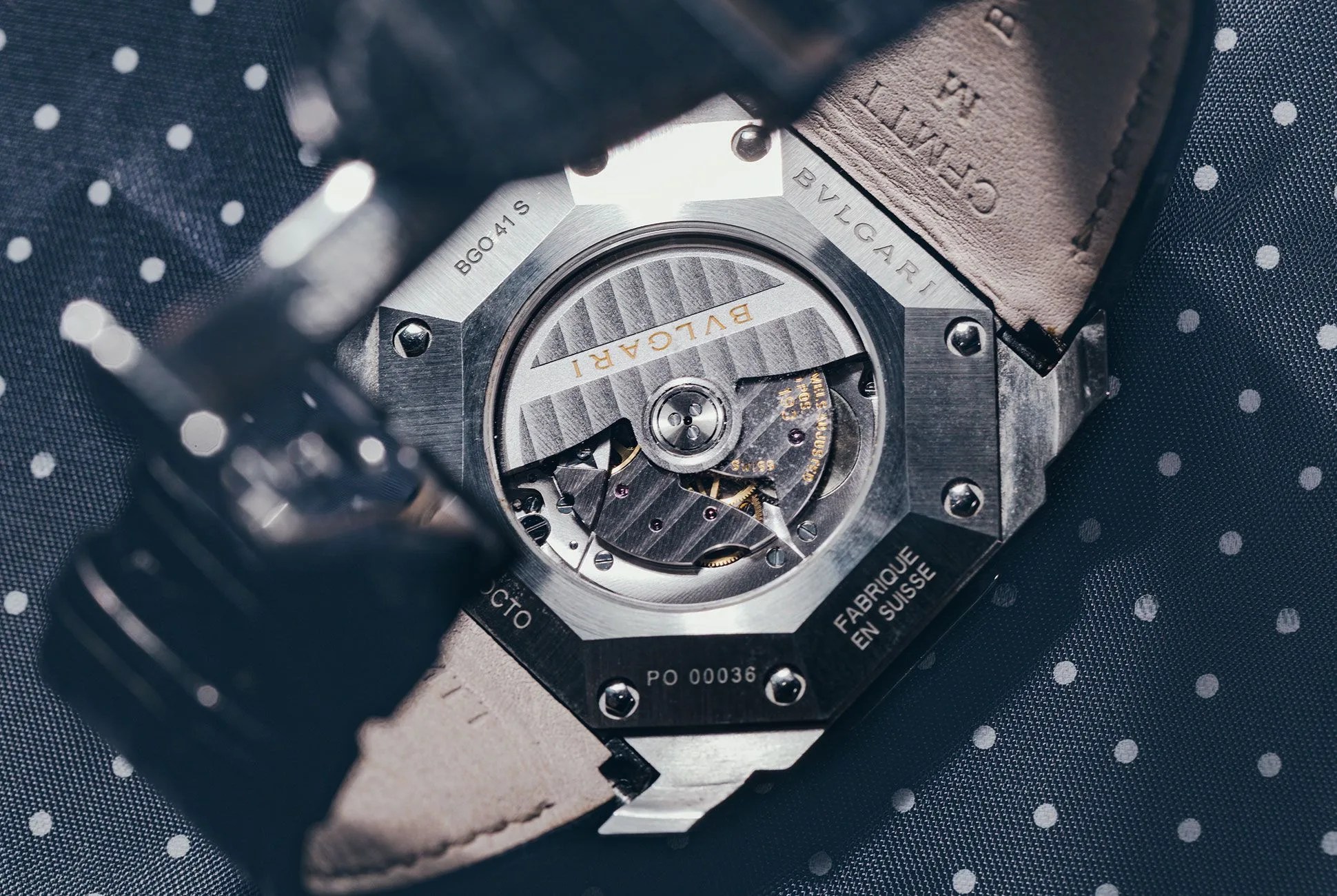3 photos
In the watch world, there are plenty of things enthusiasts can agree on. A Rolex is always a great — and also a safe — purchase. The Seiko 5 is perfect if you’re getting into mechanical watches for the first time. Old chronographs are cool. And, finally: Gérald Genta is a god.
Few people in the industry are as celebrated as Genta. Christie’s of New York called his work “the Fabergé of watches.” Disparaging it would be akin to shitting on Georgette Giugiaro’s cars or Frank Lloyd Wright’s architecture. You may not personally resonate with any of their work, but you couldn’t rightfully deny that they were game-changing with a straight face.
Genta had an impressive impact on watches. The dude designed the Audemars Piguet Royal Oak, the IWC Ingenieur and the Patek Philippe Nautilus — the holy trinity of funky-yet-tasteful watches that reigned supreme over the avant-garde-leaning 1970s watch industry.
But it was one of his last designs, the Bulgari Octo, that played with shape in a way that is both admirable and flummoxing.
While most of Genta’s designs were sold to brands, the story of the Octo is a little bit different. Genta started his own independent brand in 1969, working simultaneously with several other brands; it operated independently until it and all of Genta’s designs began being sold under the Bulgari name in 2011. The Octo, which was released under the Gérald Genta name in the early aughts with complex movements like retrogrades and tourbillons, moved over to Bulgari and adopted the Bulgari styling and in-house, automatic movement in 2012.
But the Octo’s case remained unchanged, and it’s undoubtedly the standout feature on the watch. When I first tried it on, I thought it too big, too bulky and too complex. I likened it to a brash fashion watch you’d find on Alibaba when I wore it with my everyday casual attire. But there’s a lot going on. Once you stop to analyze it, you start to appreciate the Octo’s loudness.



